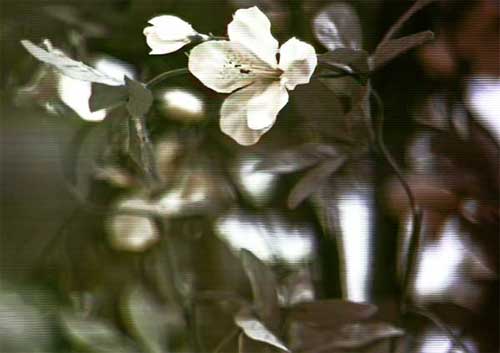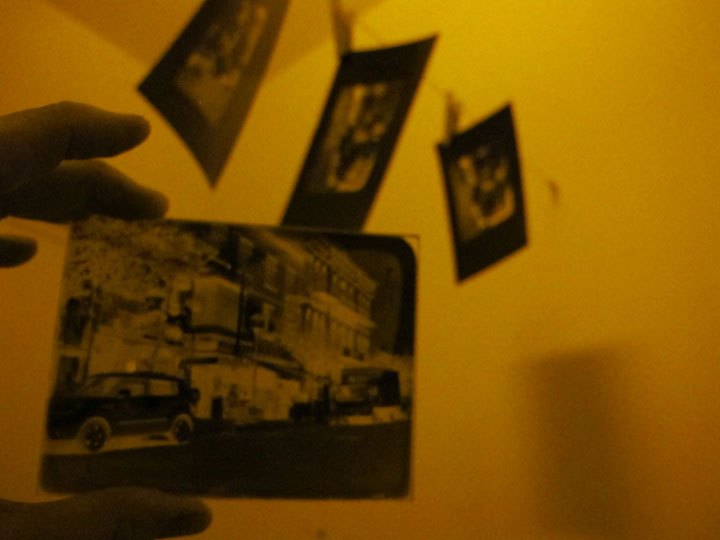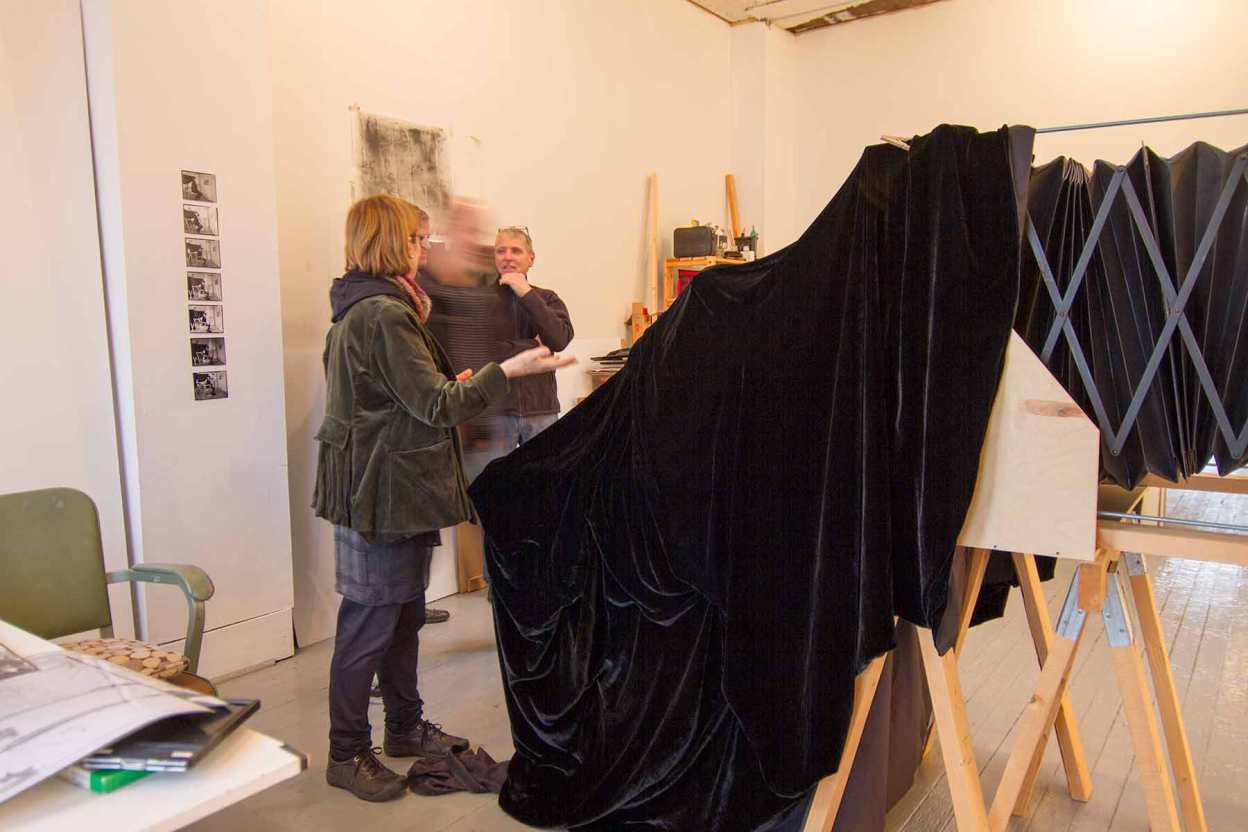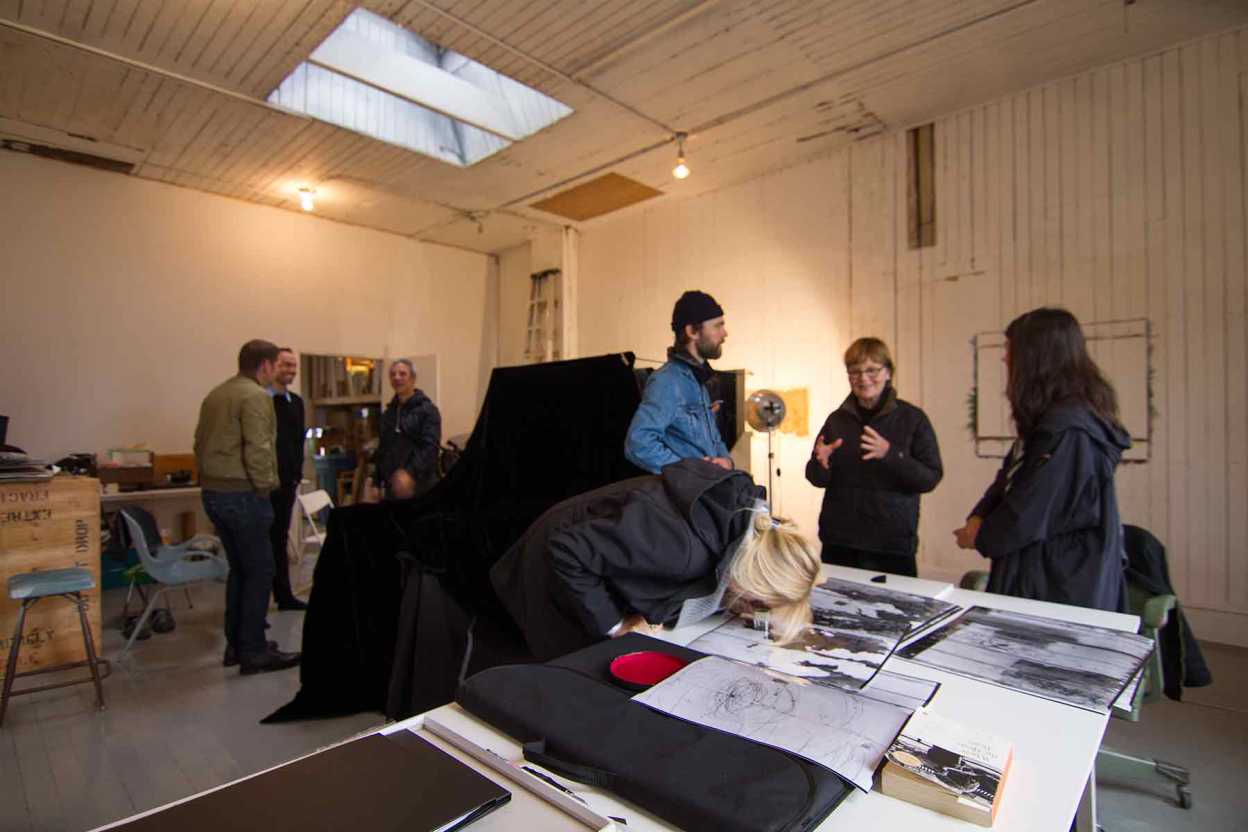The Absence of the Origin of its Likeness
the absence of the origin of its likeness
We face the imperative to understand anew today what it might mean for photography to “move beyond representation.”
(Hito Steyerl from her essay ‘Documentary Uncertainty’)
Since its invention, we have been charmed by the photograph’s mysterious resemblance to that which is being photographed. Its ‘likeness,’ its so-called ‘indexicality,’ and its ‘truth value’ have all to some extent been accepted as core to the medium. Changes in the field of photography, particularly in the area of digital imaging, have brought much of this into question. We have a nagging doubt and insecurity as to whether what we see in the photograph is ‘true,’ ‘real’ and ‘factual.’ Has this image been digitally altered or perhaps completely constructed? Did this scene actually occur? As our acceptance of the relationship of the image to the referent is severed, our uncertainty mounts as to the origin of the subject.
As I consider Walead Beshty’s essay ‘Abstracting Photography,’ the phrase ‘the absence of the origin of its likeness’ resonates.
By destabilizing traditional readings and by using both analogue and digital technologies, the two artists in this exhibition examine the changing relationship between photography and its referents, to open up new avenues in the ways we make and view photographs.
In Laura Dutton’s Quietly at the Window series, large light boxes that sit on the floor house low-resolution highly pixelated photographic images. These photographs have apparently been cropped from much larger urbanscapes, but that referent has disappeared due to the fact that they have now been enlarged beyond recognition. Digitally reversed into a negative and then printed with an inkjet printer onto acetate, these now degraded, colour-saturated, abstracted images take on a painterly quality. We attempt to look through these windows to the natural world beyond; however, this is not to be. Soft light emanating from the box illuminates the colours, and our experience is closer to reverie than recognition. For Night Comes On, a tower of black boxes encases small video screens, each a window into an apartment at night. Figures move about within the spaces, often coming to the window as if peering out at us only to retreat once again into darkness. We peer into each screen hoping and expecting to capture something of their lives. They, however, seem hopelessly destined to a desperate kind of sameness.
Reinterpreting the traditional mise en scene genre of flower painting, Arnold Koroshegyi’s Artifice consists of a series of large-scale, high-resolution, colour-saturated photographic prints of flowers. Upon closer inspection, this lush and colourful foliage reveals unmistakable streaking artifacts and pixelated blurs. In fact, the ‘still life’ depicted here has been photographed using artificial plastic flowers and other synthetic props. This ‘photograph’ has been created from four separate passes of a homebuilt scanner (one in black and white, another using the red filter, then the blue filter, and finally the green filter), the focal plane exposing a series of linear motions over short intervals of time. Accompanying the Artifice series is (re)iteration, a nine-minute video loop that brings together information aesthetics, locative media and digital photography. For this work, an FBI surveillance software program dictates the erratic and seemingly arbitrary movement of the video camera as it records information from painterly floral photographs. Subjecting them to its volatile and artificial vision, the video camera captures an interplay of moving and static images that forces our eyes to shift strangely across the screen.
Artifice, (re)iteration, Quietly By the Window and Night Comes On all look at the tensions between photography, painting and digital technologies. Dutton’s works start with photographs of urbanscapes, and Koroshegyi’s work begins with artificial flowers; however, through the formal, conceptual and material possibilities of photography, the end result is a form of abstraction that opens up multiple meanings. Each represents a yearning, a search for a kind of beauty through a filter of technology. Deliberately drawing attention to the condition of the photograph’s making, Dutton and Koroshegyi’s works both speak to the artist’s urge to represent the un-representable, while also questioning and playing with our ideas of the ‘natural’ world.






